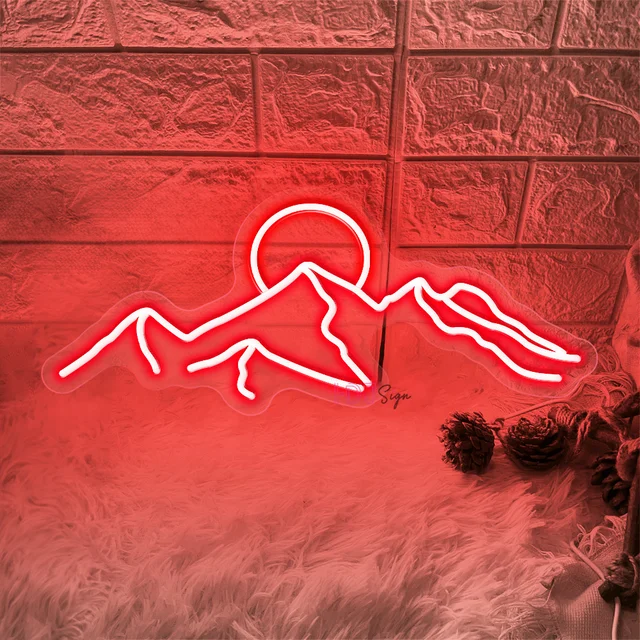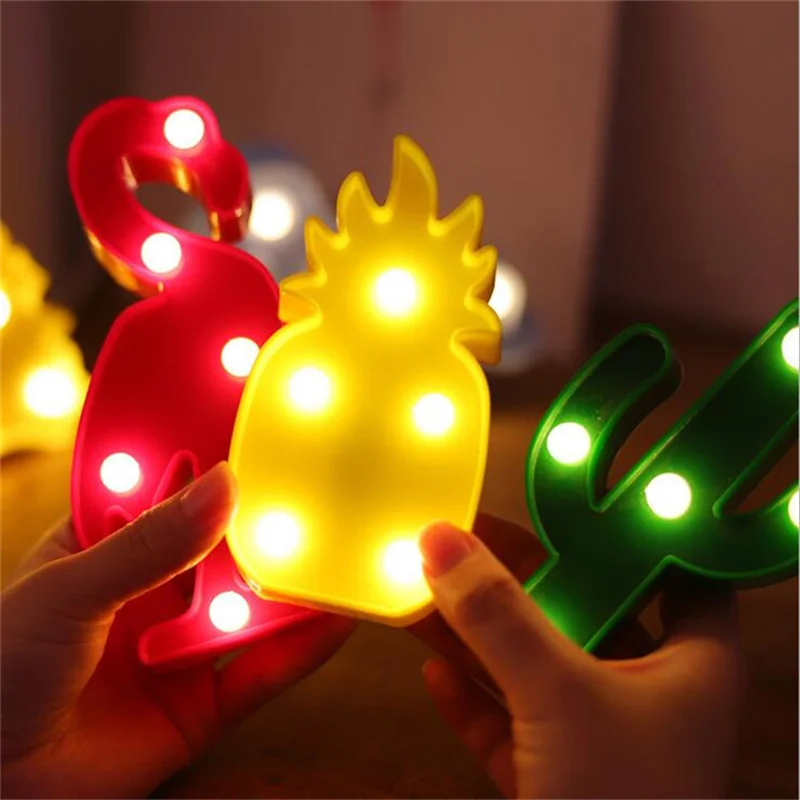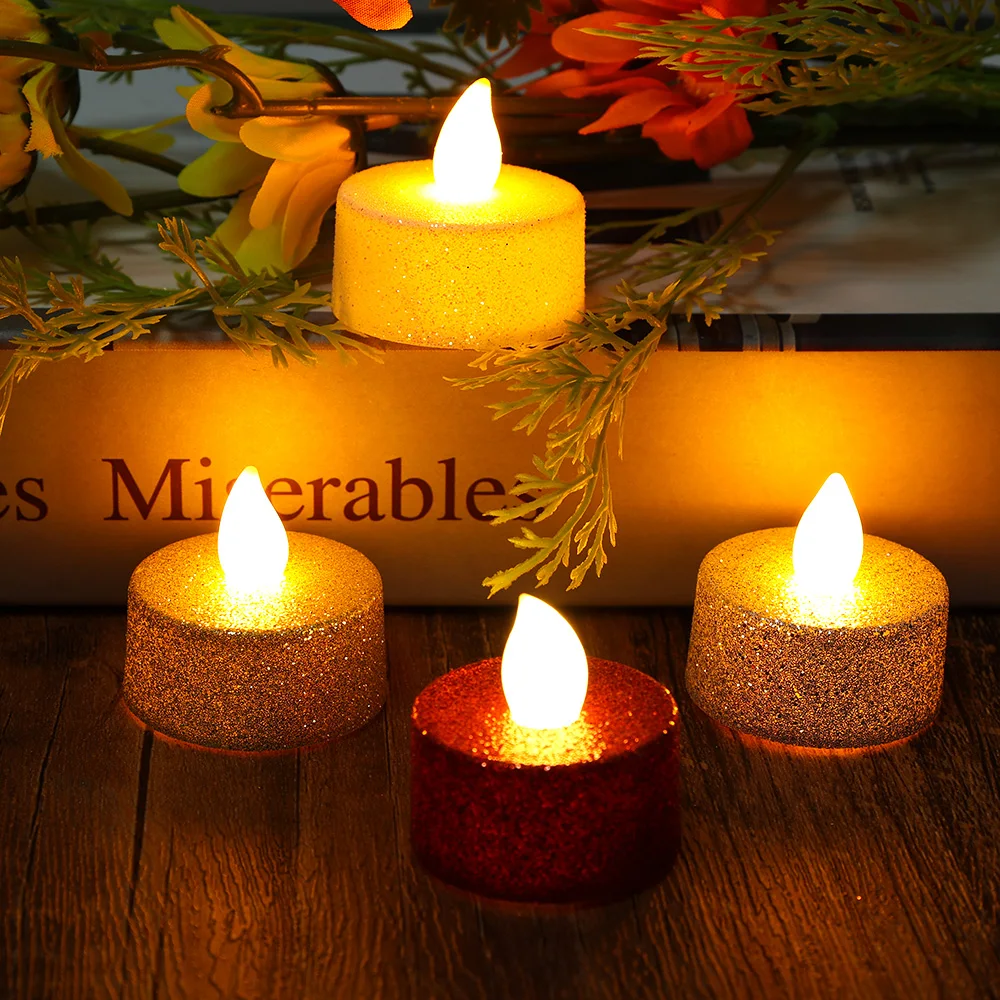Light-emitting diodes, or LED lights, have completely changed the lighting business thanks to their lifetime, efficiency, and robustness. LED lights have a lengthy lifespan compared to typical incandescent, halogen, and even compact fluorescent lights (CFLs), which is one of its most enticing advantages. This article explores the variables that affect LED light longevity, how long LED lights last in comparison to alternative lighting options, and useful advice for extending the life of your LED lights.
Knowing the Lifespan of LEDs
LED light bulbs usually have a lifespan expressed in hours. LED bulbs typically have a rating of 25,000–50,000 hours, however premium LEDs have higher lifespans. This indicates that an LED light can live up to 17 years or longer if it is used for eight hours a day on average.



Factors Affecting the Lifespan of LEDs
The real lifespan of an LED light is influenced by a number of factors:
Quality of Components: An LED light’s lifespan is greatly influenced by the quality of the materials used in its manufacture. Better heat sinks, drivers, and electronic components will extend the lifespan of high-quality LEDs longer than those made of cheaper materials.
Heat Management: Although LEDs emit less heat than conventional bulbs, there is still a certain amount of heat that needs to be released. Since too much heat can shorten the life of an LED chip and cause it to deteriorate, effective heat management is essential. The life of an LED can be prolonged by using appropriate heat sinks and thermal management systems, which guarantee that heat is drained efficiently.
Operating Temperature: An LED’s lifetime is impacted by the temperature in which it runs. Since there is more thermal stress on the components of LEDs used in high-temperature situations, their lifespan may be shortened. On the other hand, LEDs used in colder climates typically have a longer lifespan.
Usage Patterns: An LED’s lifespan is partly determined by how it is used. The longevity may be impacted by repeated on and off cycles or continuous use. LEDs, however, are less prone to harm from frequent switching than incandescent lights.
Electrical Conditions: LED lifetime is influenced by stable electrical conditions. Uneven voltage, spikes, and subpar power sources can put undue strain on LED components, causing them to die before their time.
Luminaire Design: The overall performance of the LED and the efficiency of heat dissipation are influenced by the design of the luminaire, or the entire light fixture. LED lifespan is increased by well-designed luminaires that permit sufficient airflow and heat dissipation.
LED Lifespan in Comparison with Other Lighting Technologies
Other lighting systems are significantly outlived by LEDs:
Incandescent Bulbs: A standard incandescent bulb has a 1,000-hour lifespan. The filament’s short lifespan is caused by deterioration over time and eventual burnout.
Halogen Bulbs: Typically lasting between 2,000 and 4,000 hours, halogen bulbs are an incandescent light type with a significantly longer lifespan. They also depend on a filament that may fail or deteriorate.
Compact fluorescent lamps, or CFLs, last between 8,000 and 10,000 hours on average, which is longer than that of incandescent bulbs. Nevertheless, they can be susceptible to frequent switching and contain delicate parts like the cathode.
Fluorescent tubes have a normal lifespan of seven to fifteen thousand hours. They can flicker as they get older and have decreased efficiency over time.
LEDs have a far longer lifespan than these conventional lighting technologies, which makes them a more economical and environmentally responsible choice in the long run.
Assessing the LED Lifespan
Compared to conventional bulbs, LED lights have a distinct lifespan measurement. LEDs lose their brightness gradually over time as opposed to abruptly. The point known as L70, at which the light output drops to 70% of its initial brightness, is the industry standard for determining how long an LED will last. An LED bulb rated for 50,000 hours at L70, for example, indicates that the bulb will continue to provide 70% of its initial light output after 50,000 hours of operation.
Applications in Real Life and Duration
The environment and use of LEDs can affect how long they really last.
LEDs are utilized in houses for a variety of lighting applications, such as task, accent, and ambient lighting. Because of their regulated surroundings and modest consumption, residential LEDs typically have long lifespans.
business Lighting: LEDs are frequently utilized continuously for extended periods of time in business environments such restaurants, retail stores, and offices. Commercial LED fixtures of the highest caliber can withstand such rigors and deteriorate little over several years.
Street and Outdoor Lighting: Because LEDs are long-lasting and efficient, they are being utilized more often in outdoor lighting fixtures such as streetlights. These LEDs require very little maintenance over decades and are made to resist severe weather.
Automotive illumination: LED headlights, taillights, and interior illumination are now standard on newer cars. Automotive LEDs are typically designed to last the lifetime of the vehicle and must withstand extreme temperatures and vibrations.
Task lighting, high-bay fixtures, and other specialized applications are some of the uses of LEDs in industrial settings. These LEDs are designed to withstand harsh environments and offer dependable lighting for many years.
Advice on Extending the Life of LEDs
Take into account the following advice to make sure you get the most out of your LED lights:
Invest in LEDs from reliable and respectable producers who are well-known for their high standards of quality and dependability. Although they may initially cost more, high-quality LEDs have longer lifespans and higher performance.
Use LEDs in fixtures that offer sufficient ventilation and heat dissipation to ensure proper heat dissipation. Steer clear of enclosed fixtures since they can retain heat and shorten the life of LEDs.
Use the Right Power Supplies: Make sure the power supply is compatible with the voltage and current requirements of the LED. The lifespan of an LED can be shortened and damage can result by using the wrong power supply.
Avoid Frequent Switching: While LEDs are more resilient to frequent switching than incandescent bulbs, reducing needless switching can help prolong the LEDs’ lifespan.
Preserve Stable Electrical Conditions: To shield LEDs from power spikes and variations, use voltage regulators and surge protectors.
Frequent Maintenance: Dust and debris that might impede heat dissipation and lower efficiency should be removed from LED lighting.
The extended lifespan of LED lights is well known, surpassing that of other lighting technologies. You can extend the life of your LED lights and make sure they continue to provide dependable and effective illumination for many years by being aware of the elements that affect their durability and by adhering to recommended installation and maintenance procedures. LED lighting solutions are a reliable and economical choice for a variety of lighting applications, including commercial, industrial, and residential. Over time, they can result in significant savings on energy usage and maintenance expenses.
